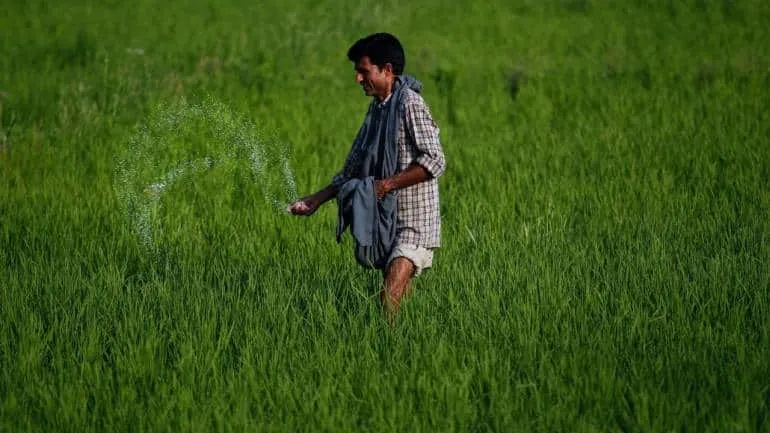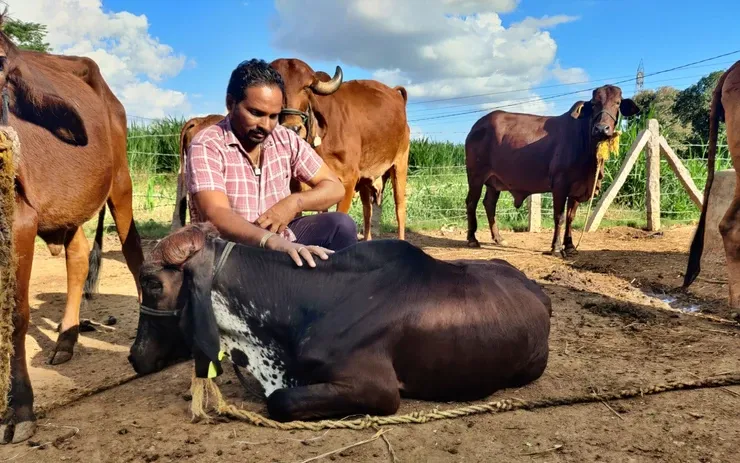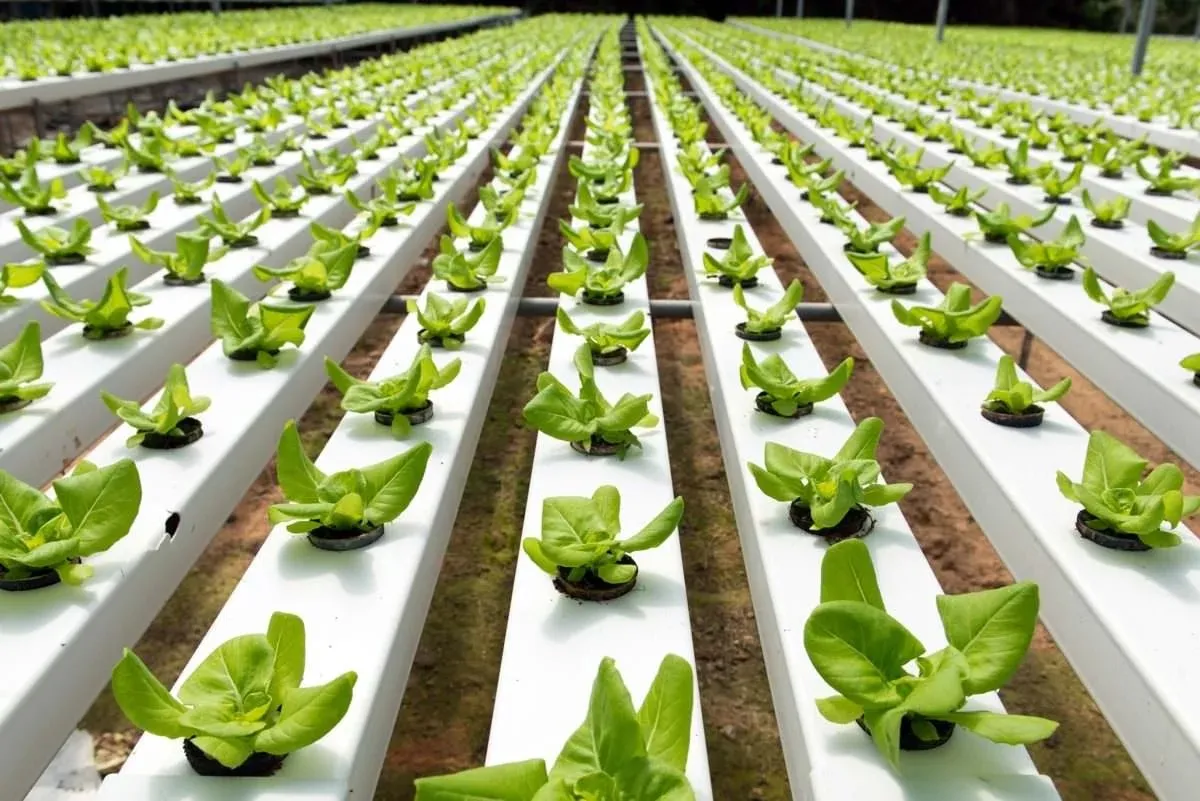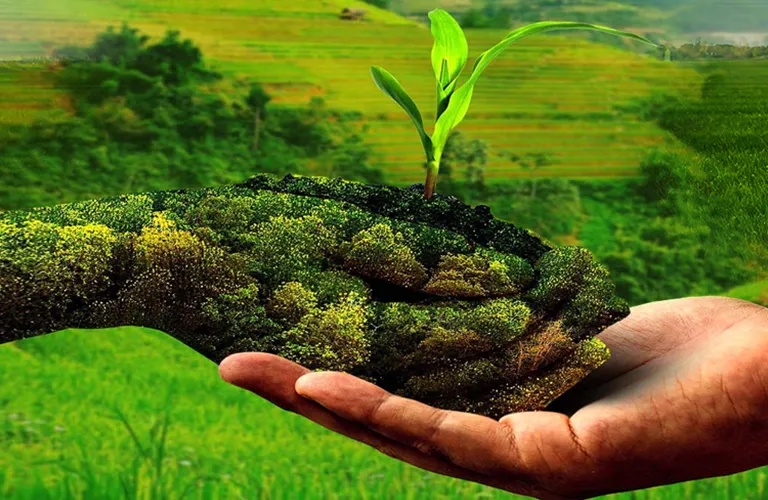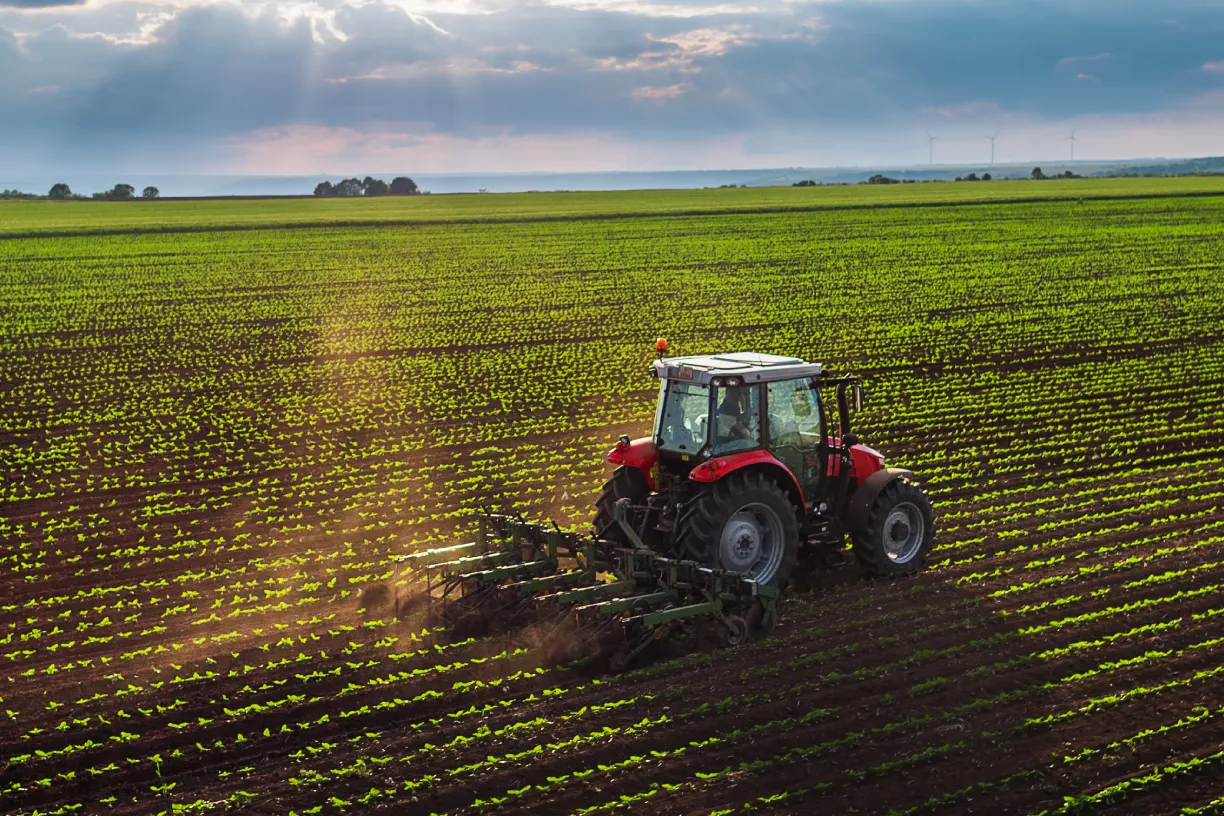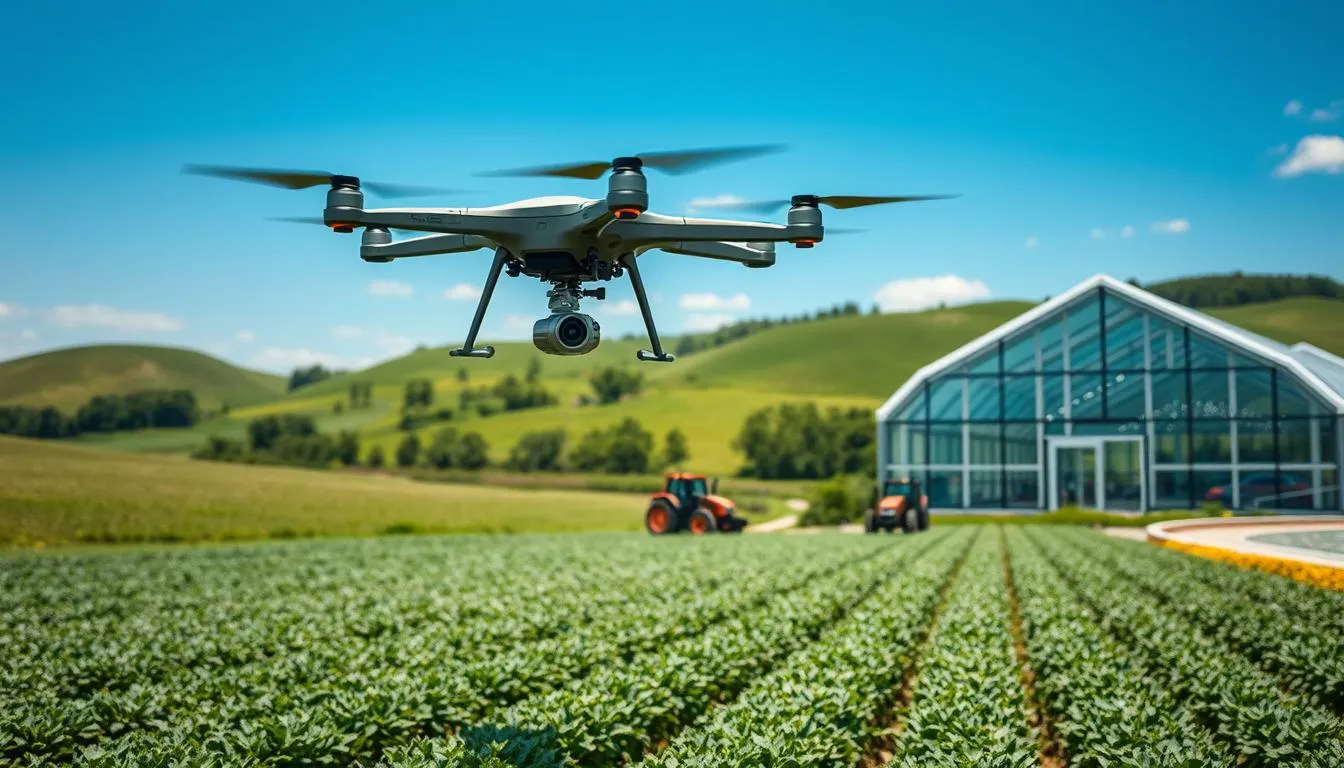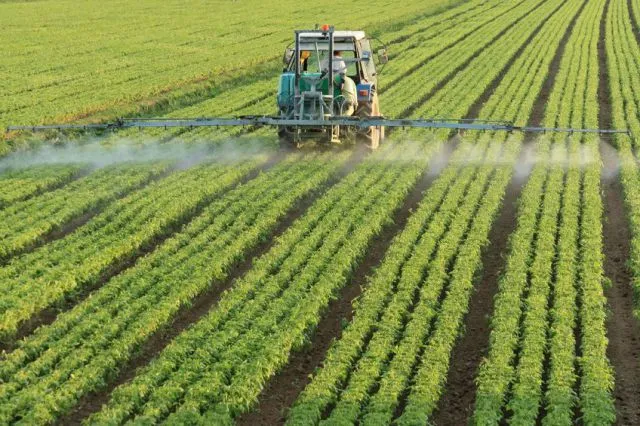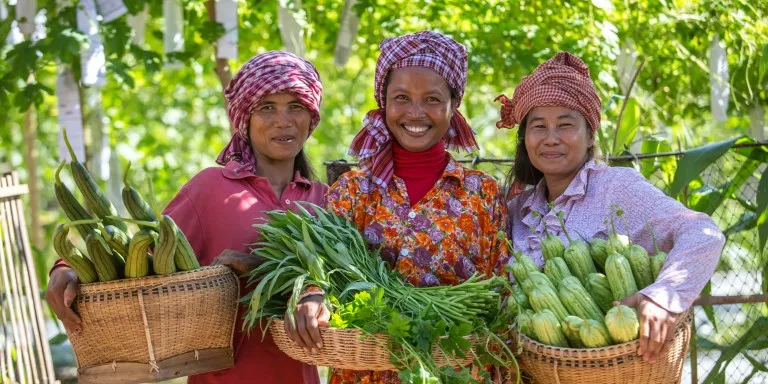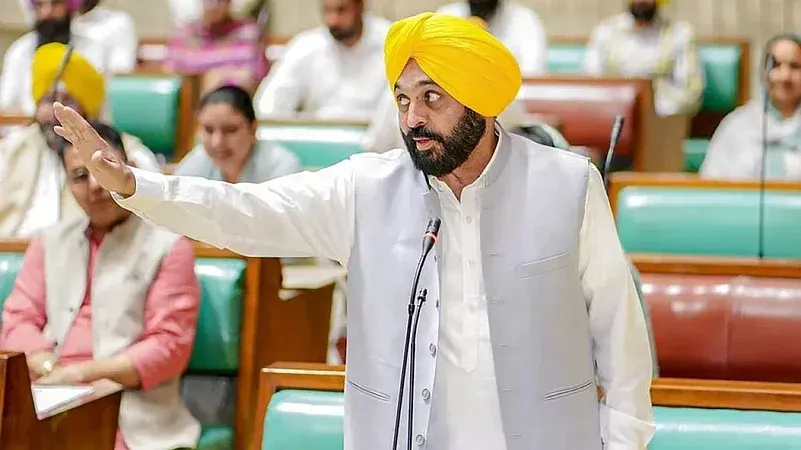In the villages of India, farming is not just work. It’s a way of life. It begins before sunrise. A man walks barefoot across the damp soil. A woman counts the sacks of last season’s grain. Children help sort seeds while elders sit nearby, offering quiet advice. This is how it has been for years. For decades. Maybe more.But something new is happening. Slowly. Silently. Like a fresh sprout in old soil. And behind it all, the government is playing a quiet, steady role helping farmers walk forward without letting go of where they came from.
A Gentle Shift Begins
Ask any farmer, and they’ll tell you it’s not easy anymore. The rains don’t come like they used to.Soil is harder to trust. And selling crops feels like a gamble. But now, in some corners of the country, farmers are getting small nudges of help. Not loud, not forced. Just tools and advice, shaped to fit their lives. And it’s the government that’s helping build that bridge from the old ways to new support.
Not Big Promises. Just Useful Tools.
- The government started an initiative called Digital India back in 2015. Most initially believed it to be limited to cities.
- But soon, its effects reached the farms too.
A Farmer’s Record, All in One Place

A new system called AgriStack is being built. It keeps every farmer’s details in one place land size, crops grown, soil condition. This helps match them with the right schemes, loans, or services. No more rushing between offices.
Smart Tools, Simple Ideas
The Digital Agriculture Mission is slowly bringing new ways to work. Drones spray fields. Sensors read the moisture in the soil. Experts study data to guide farmers on when to sow and what to expect from the land.
It's not about showing off technology. It’s about using it quietly, to make farming a little easier.
Selling Without Middlemen
- One of the biggest pain points in farming is selling.
- Crops are ready, but the prices drop. Or the trader decides the rate. The farmer often has no choice.
- To change this, the government brought in tools that help farmers sell on their own terms.
The Online Mandi
With e-NAM, farmers can now check crop prices in other states, find better rates, and sell online. Over a thousand markets are connected. Though not flawless, it's still preferable to speculating.
Talk to an Expert, From the Farm
- Kisan Sarathi lets farmers show crop problems through video or chat. Experts reply with simple solutions. No need to travel miles to a Krishi office or wait for someone to visit.
- When the Land Speaks, Someone Listens. Nature doesn't follow rules. Some years it rains too much. Other times, not at all. Crops fail not because the farmer didn’t work hard, but because they didn’t have the right information in time. Now, some of that is changing.
Weather Updates, in Your Language
MKisan sends free messages to farmers in their own language. It tells them if rain is coming. If prices are rising. If pests have been reported nearby. A small message, but it can save a whole field.
A Soil Report in Your Hands
Through the Soil Health Card scheme, farmers now get a report showing what their land needs like potash, nitrogen, or organic matter. Over 22 crore such cards have been given. It helps farmers stop guessing and start planning.
Using Every Drop Wisely
In places like Maharashtra and Rajasthan, where water is precious, the Jal Shakti Abhiyan teaches how to use less water and grow more. There are mobile tools, local camps, and field workers showing simple tricks to save water.
Support That Reaches the Wallet
No matter how good a tool is, if it’s out of reach, it’s no help. That’s why financial support is just as important.
PM-KISAN
Every year, small farmers get 6,000 directly in their bank accounts. Some use it to buy seeds. Some buy mobile recharge to check crop prices. Some keep it for emergencies. It’s not much but it’s something steady.
Building for the Future
The Agriculture Infrastructure Fund helps build things farmers need—storage rooms, drying units, packing sheds. Many are run by farmer groups or small cooperatives. It keeps the people closer to the money and the power.
Easier Credit, On the Phone
The Kisan Credit Card, once tied to paperwork and visits to the bank, is now easier to use. Farmers can check their balance, request loans, or track transactions all from a mobile phone.
Eyes in the Sky, Ears in the Field

- Since 2022, drones are slowly finding a place in farming.
- They don’t replace the farmer. They assist. They cover large areas quickly, spray evenly, and help when labour is hard to find.
- States like Punjab and Karnataka are testing these changes. Farmers claim that it saves them time and money.
- Meanwhile, satellite data from ISRO is being used to predict droughts, track rainfall, and help decide what crops might work best that year.
- The farmer still decides. But now, the sky is giving a second opinion.
Helping Hands on the Ground
Technology, by itself, can feel cold. That’s why the government is also focusing on people who explain, guide, and stand by the farmer.
Learning at the Local Centre
Common Service Centres (CSCs) are small hubs in villages where farmers can learn to download apps, apply for schemes, and even fix land record issues. They’re run by locals, which makes them more comfortable to use.
Field Workers Who Speak the Language
Under schemes like ATMA, field officers teach farmers how to take photos of pests, send them for diagnosis, or follow crop-specific tips. They work in the local language. They explain slowly. They follow up.
What Still Needs Fixing
Not every farmer is part of this journey yet. Some don’t have smartphones. Some live where mobile signals don’t reach. Others just prefer the old ways.
The Road Ahead
Digital farming won’t solve everything. It can’t bring rain or stop market crashes. But it can reduce the burden. It can make a farmer feel seen, supported, and respected. Across India, in small villages, under neem trees and next to tube wells, something is beginning. A phone in one hand. A sickle in the other. Eyes on the sky. Feet on the ground. With quiet help, farmers are not just surviving they’re adapting.


